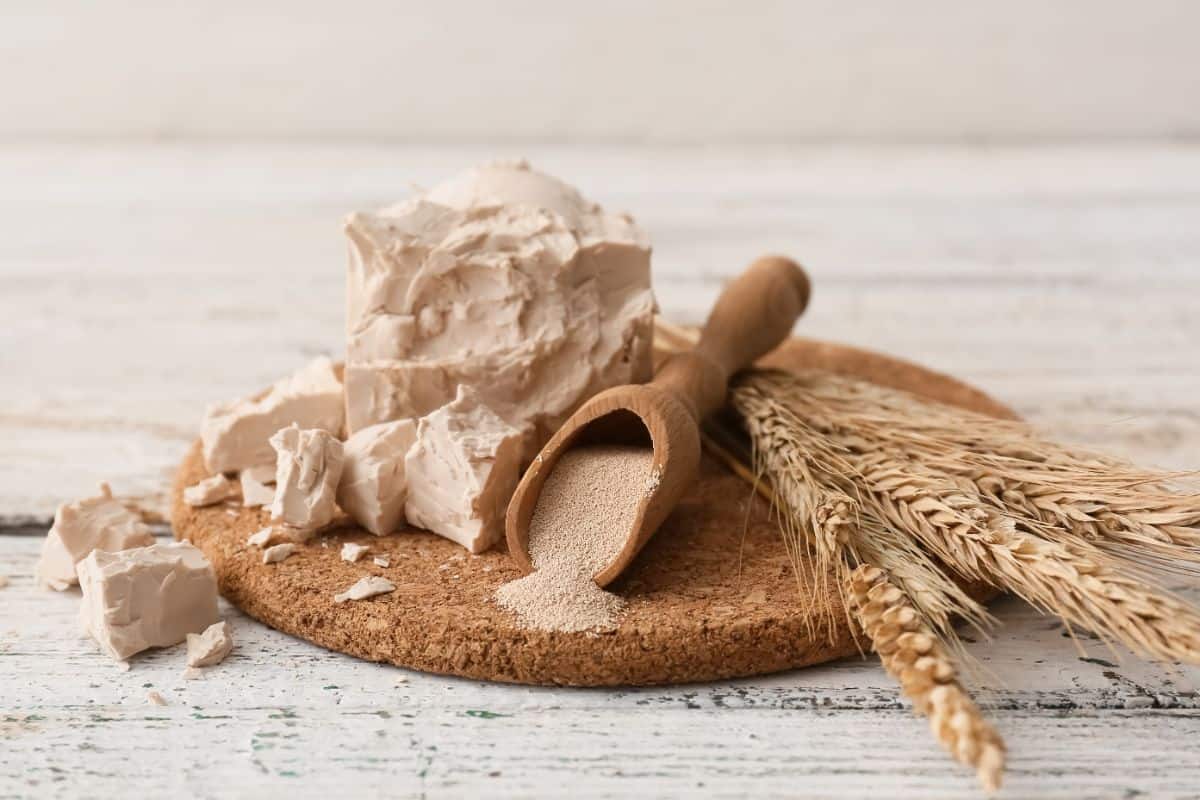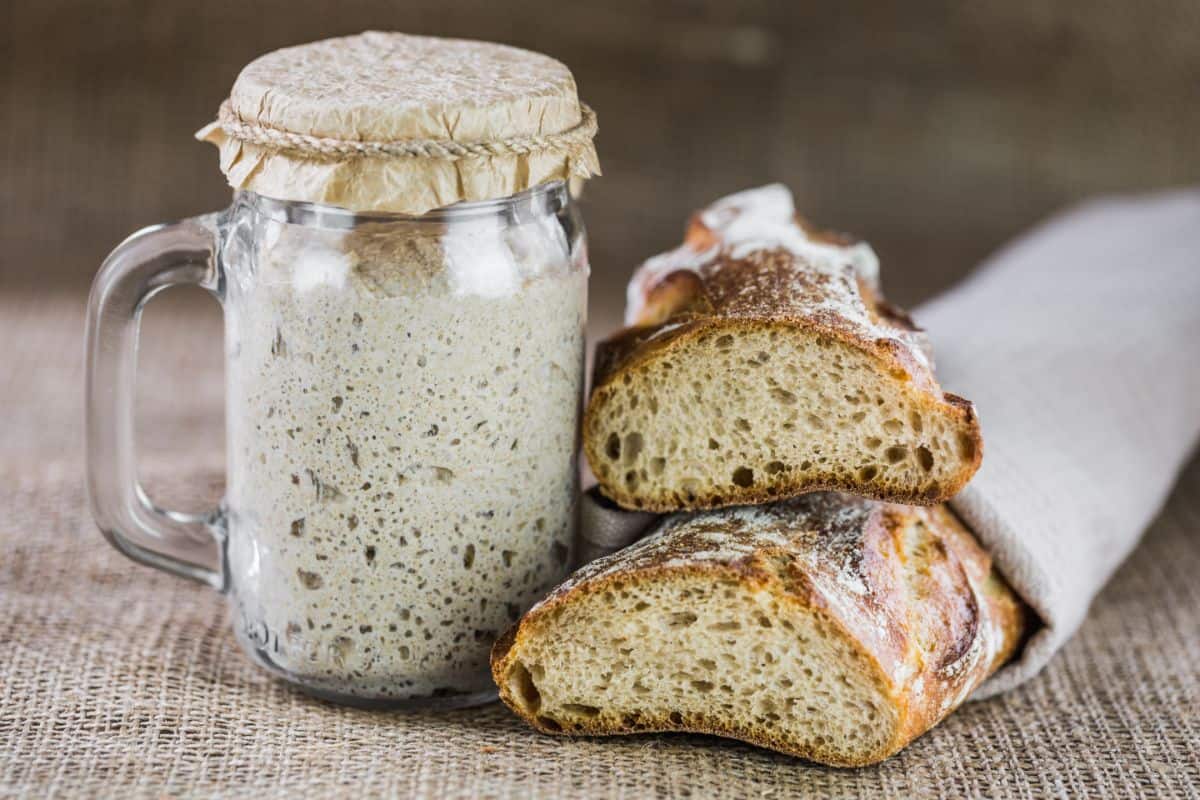Every so often, we run into that one neighbor who makes brews at home and giddily shares his enthusiasm over his brewing experimentations- successes and failures, the whole lot. We can’t blame him, recent interest in homebrewing has spurred the exploration of alternative ways to ferment. Among the options, bread yeast has been exceptionally popular due to its availability and low cost. However, unlike brewer’s yeast, bread yeast has not been specifically cultivated to withstand fermentation conditions suitable to make the best wines and other alcoholic beverages.

What is the alcoholic tolerance of bread yeast?
Although bread yeasts will have no trouble fermenting alcohol up to 8%, they will struggle beyond this level and stop at around 10%. This is enough for beer but is largely inadequate for wine.
What does yeast do?
Yeasts are fascinating single-celled fungi that consume and digest the sugars, excreting alcohol and CO2 gas in the process of fermentation. Various trace amounts of enzymes, oils, and acid are also produced, giving different alcohols special characteristics. Simply put, yeast is responsible for turning sugar into alcohol.
Not all yeasts are the same. Different strains react to sugar differently. Some winemakers prefer to use wild or native yeasts that naturally occur in the winery in order to be true to the wine’s sense of place. However, most wines are commonly inoculated with yeast cultures, which helps produce more predictable wine profiles and flavors.
With thousands of different strains identified or developed as hybrids, some are more suitable for fermenting wine while others are more ideal to be used in raising bread.
What is the difference between wine yeast and bread yeast?
Largely considered as the king of wine yeasts, Saccharomyces cerevisiae, is in fact the same species of yeast that causes the dough to rise. It mutates extremely well and as such, there are many different strains of cerevisiae that have developed over time.
Each of these strains acts differently. A strain suitable for making the dough rise may not work as well in turning grape sugars into alcohol.
Lagers use a different type of yeast (Saccharomyces pastorianus) which requires a lower temperature. Not suitable for bread making, the brewer’s yeast ferments at the bottom of the fermenter rather than the top.
Can bread yeast make good wines?

Unlike baker’s yeast, bread yeast does not come with a recommended temperature range, pitching rate estimated alcohol tolerance or description of the flavors you can expect it to render. As such, using bread yeast to ferment can be a challenging exercise and will require a bit of trial and error.
It is important to understand the difficulties and limitations imparted by using bread yeast to produce alcoholic beverages. The amount of alcohol, clearing, and flavor are the main challenges associated with using bread yeast to make wine.
As mentioned, bread yeast struggles to ferment alcohol at levels higher than 10%. While the alcohol produced might be enough for beer, it is largely inadequate for most wines. In order to make the most out of bread yeast, you must operate within its limits.
In terms of clearing, bread yeast does not flocculate or gather and drop out of the suspension in the same way that wine yeasts do, which means that the yeast and other particles will remain in the suspension. To put it in another way, bread yeast has a tendency of forming ultrafine suspension that doesn’t really clear out. It doesn’t settle very firmly either and takes a long time to sediment to the bottom. As such, it is quite difficult to produce a bright, vibrant, clear wine.
Fortunately, there are ways to get around this issue with flocculation. For one, you can store the wine for a period of time and then reject the last 5% of the wine to avoid decanting an amount into the wine that would otherwise cancel the sedimentation benefits. Storing it for more than 10 years has the potential to make your wine crystal clear. Otherwise, you can also use a fining agent such as Irish moss or whirlfloc that helps clear out any suspension. They are normally added towards the end of the boil and can eliminate the majority of the suspended yeast.
During the fermentation process, bread yeast becomes so stressed and struggles to ferment. This in turn produces off-flavored enzymes and fatty acids which can yield off-putting flavors and aromas. Unfortunately, there is really no way around this except to do away with bread yeast and use the better wine yeast.
How do you make sure bread yeast produces alcohol?
Alcohol will be produced as long as yeast exists at the right temperature and feeds on sugar as its fuel. The amount of sugar determines the amount of alcohol produced. While you can incorporate processed sugars synthetically, adding just the right amount is crucial. Too much of it can cause yeast to break down or introduce unpleasant flavors.
The bulk of refined sugars are 100% fermentable and will be easily metabolized by the yeast. A balanced combination of grain-based sugars and other sugar sources is ideal to achieve a balanced flavor to your alcoholic beverage.
A slow fermentation process is ideal for a far more superior product. It is best to keep the fermentation temperature below room temperature and around 15oC. Temperatures above 20oC cause heavy frothing.
Should I go for wine yeast instead?
Brewer’s yeast or wine yeast has been bred overtime to produce a desired characteristic for specific styles of wine. Some ferment to total dryness to produce dryer wines such as riesling. Others yield fruitier aromas compared to others. In fact, other wine yeasts have specific characteristics that make them ideal for fermenting a certain type of fruit over another. Still, others pack more firmly and steadily settle at the bottom of the fermenter.
The point is, wine yeast has become so specialized and well-studied that using it is always guaranteed to yield a better wine than bread yeast.
For the budding homebrewer, wine yeast is not expensive at all. It can cost as little as $2.00. For all its benefits, the small price difference relative to bread yeast can spell all the difference. Skip all that effort associated with fermenting with bread yeast, and create delicious alcoholic beverages every time with wine yeast.
